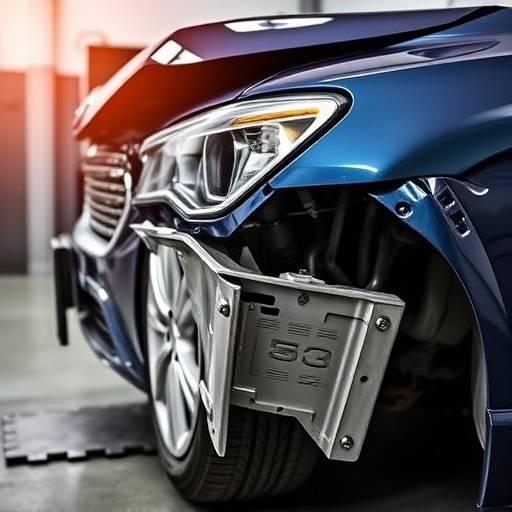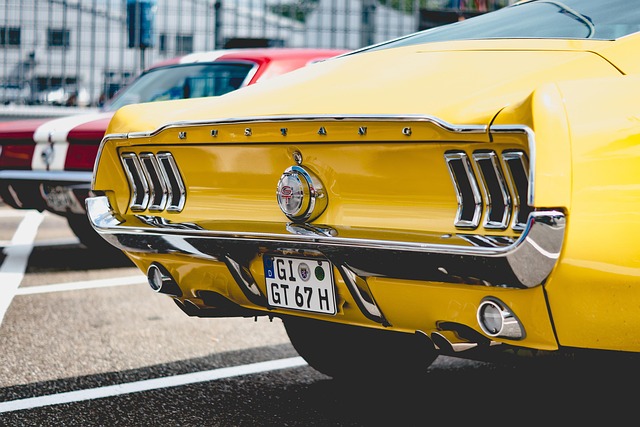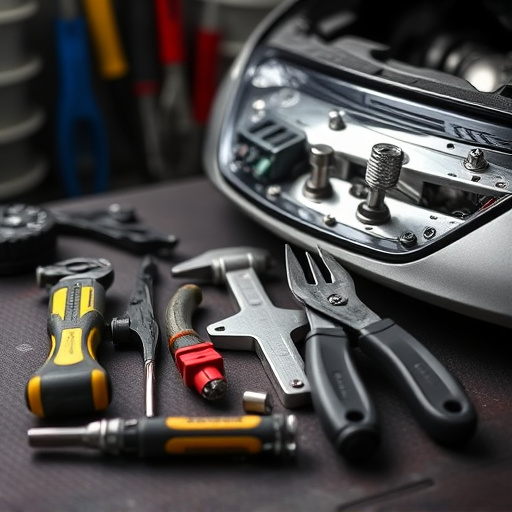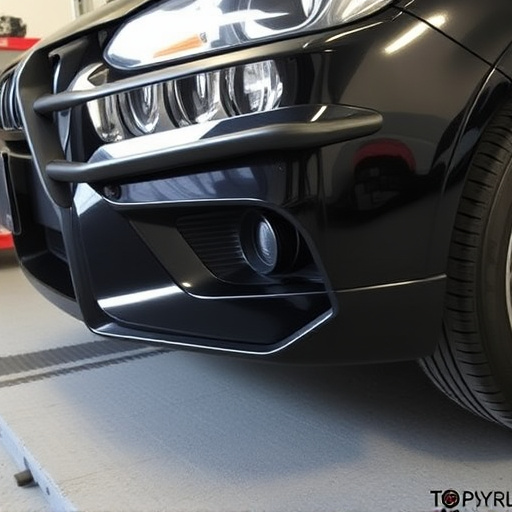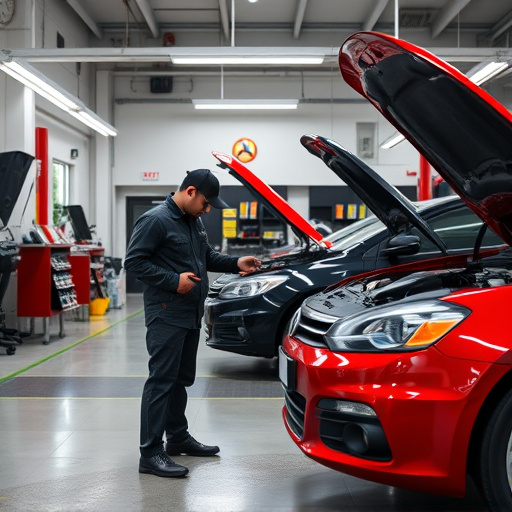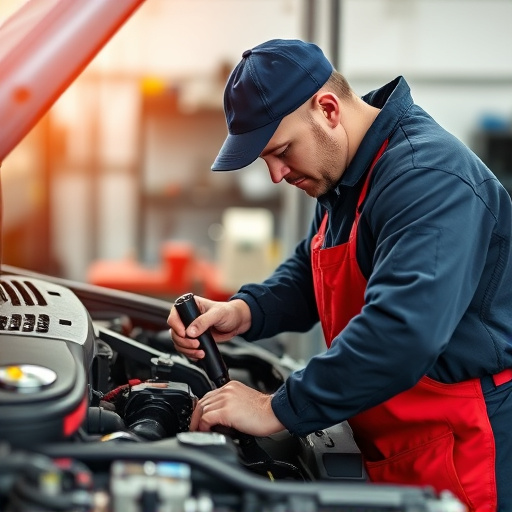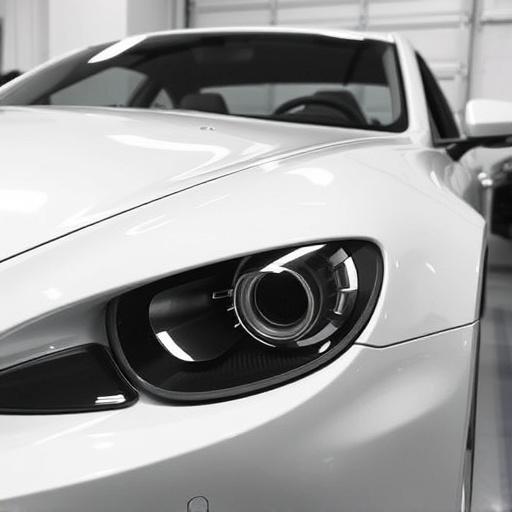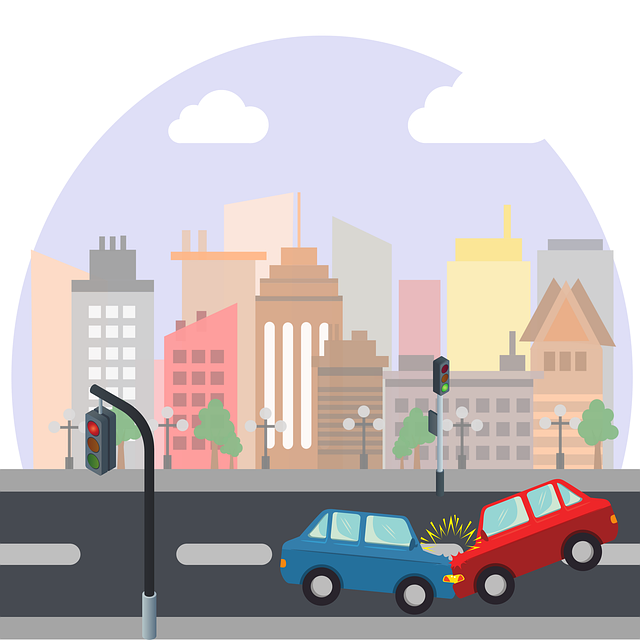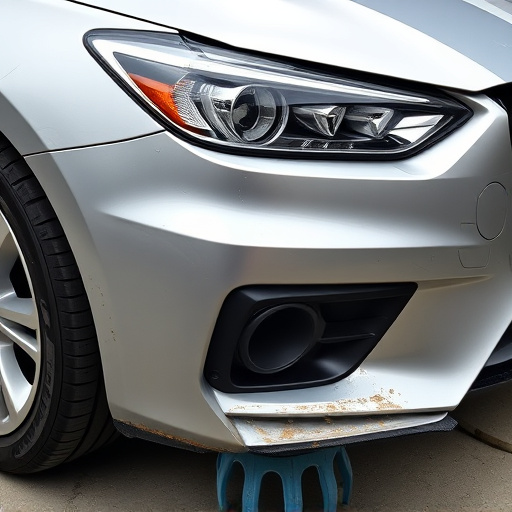The traditional collision damage repair industry faces challenges like lengthy processes, high costs, human errors, and environmental concerns. AI and robotics are transforming this sector by offering precision, efficiency, and safety through data analysis, optimized parts replacement, and accurate task execution with robotic arms. Advanced technologies such as laser welding, robotic painting, and composite materials further streamline repairs, reduce time, enhance aesthetics, promote sustainability, and prioritize customer satisfaction. These innovations aim to redefine collision damage repair standards, addressing industry pain points while meeting growing demands for efficient, eco-friendly, and reliable services.
The automotive industry is on the cusp of a collision damage repair revolution. Traditional methods, while effective, are time-consuming and often leave room for improvement. Emerging technologies, such as advanced robotics, 3D printing, and AI-driven diagnostics, are transforming this landscape. This article explores the current state of collision damage repair, highlights these innovative breakthroughs, and delves into the significant benefits they offer in terms of efficiency, cost reduction, and improved vehicle aesthetics, shaping a brighter future for both reparers and vehicle owners.
- The Current State of Collision Damage Repair: Traditional Methods and Their Limitations
- Emerging Technologies Shaping the Future of Collision Damage Repair
- The Impact and Benefits of Advancements in Collision Damage Repair Techniques
The Current State of Collision Damage Repair: Traditional Methods and Their Limitations

The current landscape of collision damage repair is dominated by traditional methods that have been in place for decades. These involve manual labor, conventional tools, and standard procedures set by industry norms. While effective, these techniques are not without their drawbacks. In a vehicle body shop, repairs often rely heavily on skilled technicians who possess expertise in metalwork, auto body painting, and intricate dent removal processes.
The limitations of traditional collision damage repair include time-consuming processes, high labor costs, and the potential for human error. Each damage case is unique, requiring precise measurements and meticulous attention to detail. Moreover, the environmental impact of these methods cannot be overlooked, with the use of toxic chemicals in auto body painting and the generation of waste during dent removal. As a result, there’s a growing need for innovative approaches that can streamline the repair process, reduce costs, enhance efficiency, and minimize the ecological footprint of collision damage repair services.
Emerging Technologies Shaping the Future of Collision Damage Repair

The future of collision damage repair is being reshaped by a wave of emerging technologies that promise to transform traditional auto collision centers into high-tech workshops of tomorrow. One of the most significant advancements is the integration of artificial intelligence (AI) and machine learning, enabling more precise assessments and efficient repairs. AI algorithms can analyze complex vehicle data, predict repair times, and optimize parts replacement, leading to faster turnaround times and cost savings for both customers and auto collision centers.
Additionally, the adoption of advanced robotics in car body repair is set to revolutionize the industry. Robotic arms equipped with intricate sensors can handle delicate tasks with unmatched accuracy, ensuring minimal human error during repairs. This not only enhances the overall quality of car repair services but also fosters a safer working environment by reducing the risk of injuries associated with manual labor. As these technologies mature, auto collision centers will be well-positioned to offer faster, more reliable, and cost-effective solutions for customers in need of collision damage repair services.
The Impact and Benefits of Advancements in Collision Damage Repair Techniques

Advancements in collision damage repair techniques are revolutionizing the automotive industry, bringing numerous benefits to both businesses and consumers. With cutting-edge technology and innovative methods, such as laser welding, robotic painting, and advanced composite materials, the process of repairing vehicles after collisions is faster, more precise, and environmentally friendly. These advancements not only reduce repair times but also minimize waste and energy consumption, contributing to a greener, more sustainable future.
Moreover, modern collision damage repair techniques offer superior aesthetic results, ensuring that repaired vehicles look as good as new. Advanced tools and skills enable technicians to accurately restore damaged panels, fix fenders, and even expertly handle complex vehicle dent repairs. This not only increases customer satisfaction but also boosts the overall value of the vehicle post-repair. As the demand for efficient, effective, and high-quality collision repair continues to grow, these innovations will undoubtedly shape the future of the industry, setting new standards in safety, sustainability, and customer experience.
As we look towards the future, it’s evident that the landscape of collision damage repair is undergoing a transformative shift. Emerging technologies, such as advanced robotics, 3D printing, and AI-driven diagnostics, are set to redefine traditional methods. These innovations promise faster repair times, enhanced accuracy, and reduced costs, ultimately benefitting both repair facilities and vehicle owners. The industry’s evolution not only drives efficiency but also paves the way for more sustainable practices, ensuring a greener future for collision damage repair techniques.
